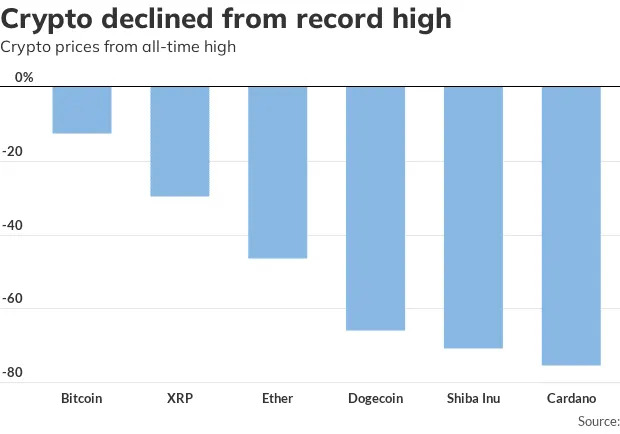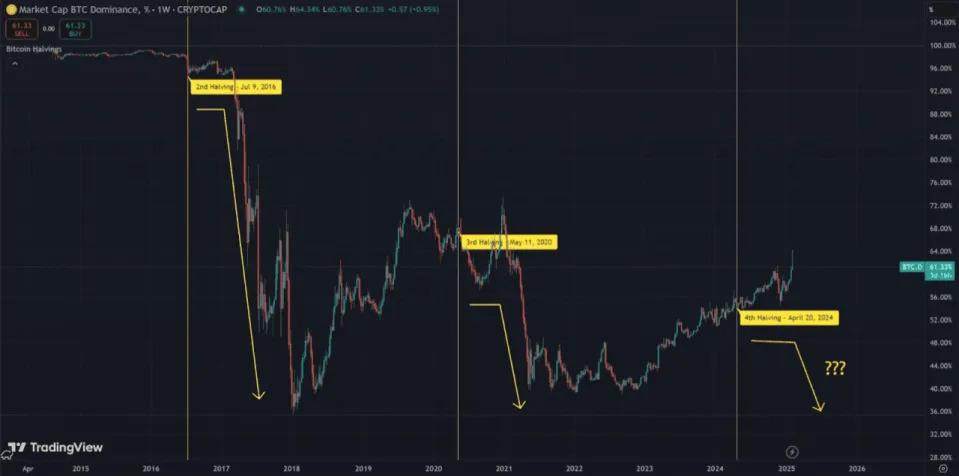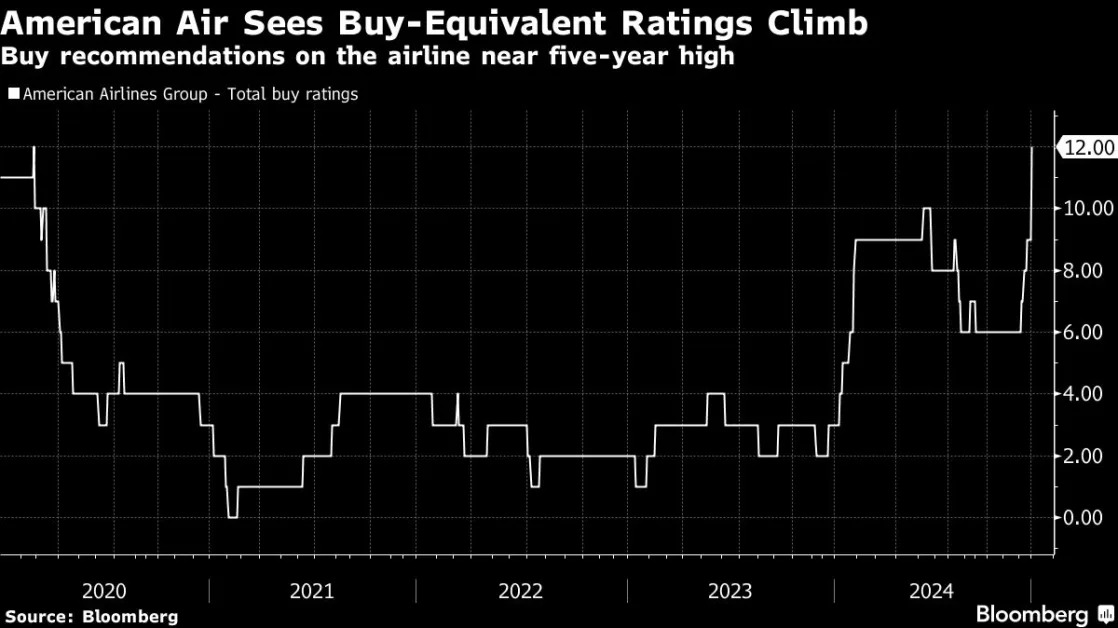
Welcome back to Distributed Ledger. This is Frances Yue, crypto reporter at MarketWatch.
After bitcoin BTCUSD hit a record high on Jan. 20, many crypto investors had high hopes that smaller coins would find their time to shine, with more capital expected to flow into the crypto market and rotate into riskier investments.
They’ve been left disappointed. Instead, most altcoins have posted sluggish performance over the past month, underperforming bitcoin. “Altcoin” is a term commonly used to refer to cryptocurrencies other than bitcoin, including those associated with programmable blockchains, like Ethereum ETHUSD and solana SOLUSD, and tokens inspired by memes, such as dogecoin DOGEUSD and shiba inu SHIBUSD.
Only 13 of the top 100 crypto coins by market capitalization have outperformed bitcoin in the year to date, according to data from CoinMarketCap.

For this installment, I explore why the highly anticipated “altcoin season,” a period in which altcoins consistently outperform bitcoin, has yet to materialize.
the altcoin season.
Altcoins slump
Bitcoin BTCUSD dipped 2.7% over the past 30 days to above $97,000 on Wednesday, according to Dow Jones Market Data. That makes for solid outperformance against a number of altcoins, which have seen a significant slump.
Ether ETHUSD, the second-largest cryptocurrency by market cap, declined 22.6% during the same period, while solana SOLUSD, often seen as a strong competitor to ether, fell 3.4%.
XRP XRPUSD, the fourth-largest crypto by market cap, lost 19.3% over the past month, and dogecoin DOGEUSD tumbled 31.3%.
As a result, bitcoin’s dominance, or its market cap relative to that of the total crypto market, has been greater compared with historical levels during the same stage of previous market cycles, according to Changguang Zheng, co-founder and chief investment officer at crypto hedge fund ZX Squared Capital and a former managing director at Credit Suisse.
Crypto analysts often divide bitcoin’s price performance into four-year cycles. In each cycle, it experiences four phases: breakout, hype, correction and accumulation. The cycles are primarily based on the schedule of bitcoin halving , a mechanism to control the supply of the cryptocurrency, by which the reward for bitcoin mining is cut in half. Halving occurs roughly every four years, most recently last April .
Historically, in the months following a bitcoin halving, the altcoin season tends to kick of, as bitcoin’s dominance drops and altcoins outperform.
For example, small-cap cryptocurrencies saw a massive rally in the 2017 bull run, partly due to the craze around initial coin offerings. In 2021, as crypto rallied, decentralized finance and nonfungible tokens rose to popularity.
However, following its fourth halving in April, bitcoin’s dominance has remained elevated.

Bitcoin launched in 2009, so crypto is still a fledgling industry with a short history. With such a small sample size, its historical price data may not be statistically convincing.
In early February, as fears about President Donald Trump’s tariff policies sparked volatility across risk assets including crypto , bitcoin’s dominance spiked to as high as 64.3%, its loftiest since February 2021. Bitcoin’s dominance remained elevated at around 62% on Monday.
The launch of bitcoin exchange-traded funds in the U.S. last January may have altered the historic pattern, ZX Squared Capital’s Zheng said in a phone interview.
“Today, whenever people come to crypto, their first exposure is usually bitcoin,” Zheng said. While ether ETFs were also launched last year, they haven’t seen nearly as much demand as their bitcoin counterparts.
Bitcoin has a unique use case compared with other cryptocurrencies, Zheng said. The cryptocurrency was created as a peer-to-peer electronic-cash system. While bitcoin has mostly been trading as a risk asset for the past few years, supporters have argued that it would eventually become a store of value and a kind of “digital gold.” Meanwhile, many other blockchains, such as ether and solana, are designed to be programmable. As they compete against each other, it’s hard to say which one will eventually prevail, Zheng said.
Still, the prolonged bitcoin dominance is concerning, because “if bitcoin is the only dominant crypto, then the ecosystem is really hard to boom,” Zheng said.
Zheng holds out hope the tide may turn later this year. One potential catalyst may be clearer regulatory policies, which may encourage more innovation and eventually lead to the development of more crypto projects providing actual use cases, Zheng said.
On Jan. 23, Trump signed an executive order on crypto, setting up a working group that is expected to propose a federal regulatory framework governing the issuance and operation of digital assets. The order directs the working group to submit a report to the president by late July that recommends regulatory and legislative proposals to advance crypto policies in the U.S.
To confirm an altcoin season, investors will need to see a broad rise among several blockchain indicators, such as daily active addresses and transaction volume, for a range of altcoins, according to analysts at crypto-market intelligence firm IntoTheBlock.
They will also need to see a substantial increase in the total value locked on a blockchain or an application, the analysts noted. Investors should also pay attention to data from Google Trends and to social-media engagement to gauge investors’ interest, they added.
Crypto in a snap
Bitcoin BTCUSD dipped 0.4% over the past seven days to trade at around $96,906 on Wednesday morning. Ether ETHUSD fell 4.5% over the past seven days to around $2,663, according to Dow Jones Market Data.





